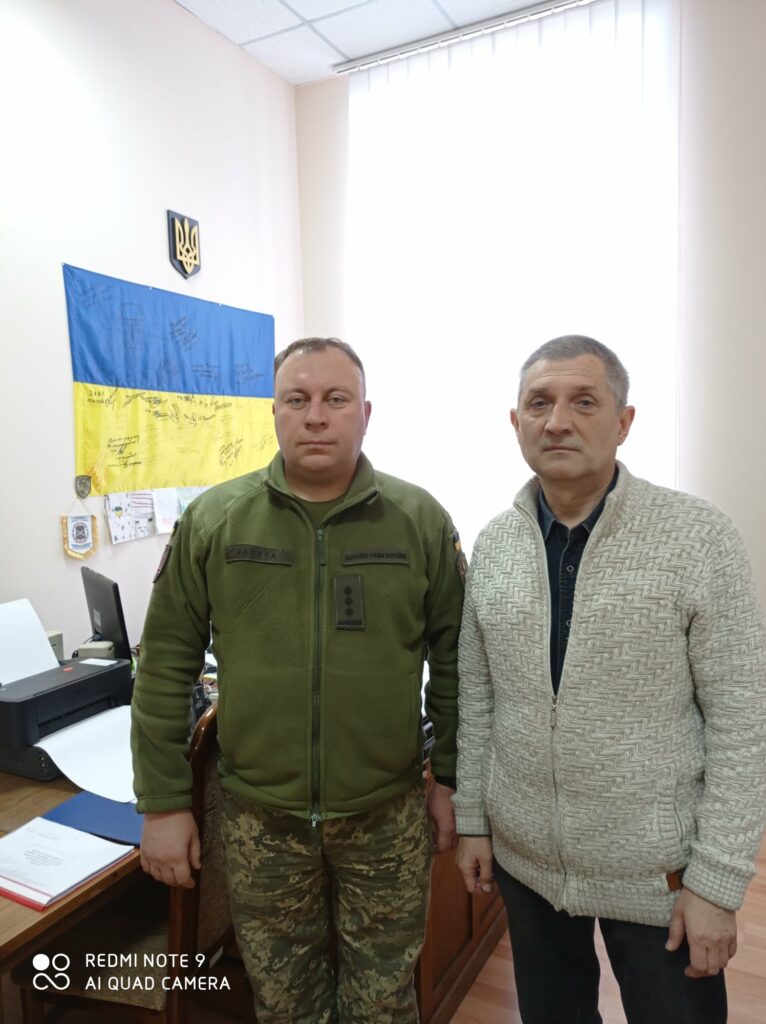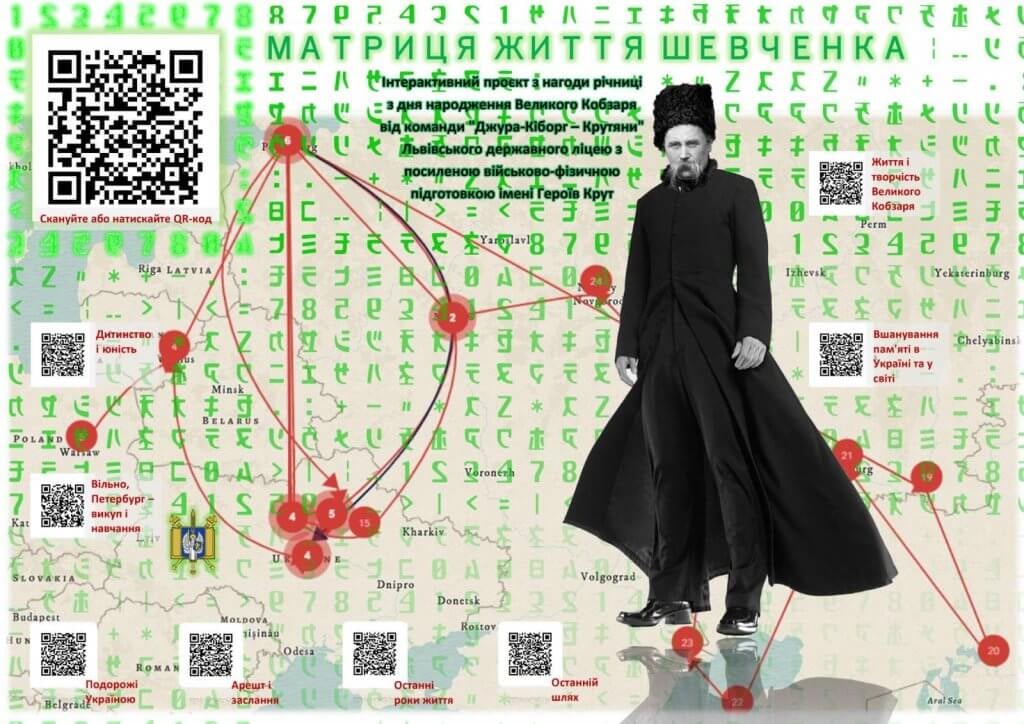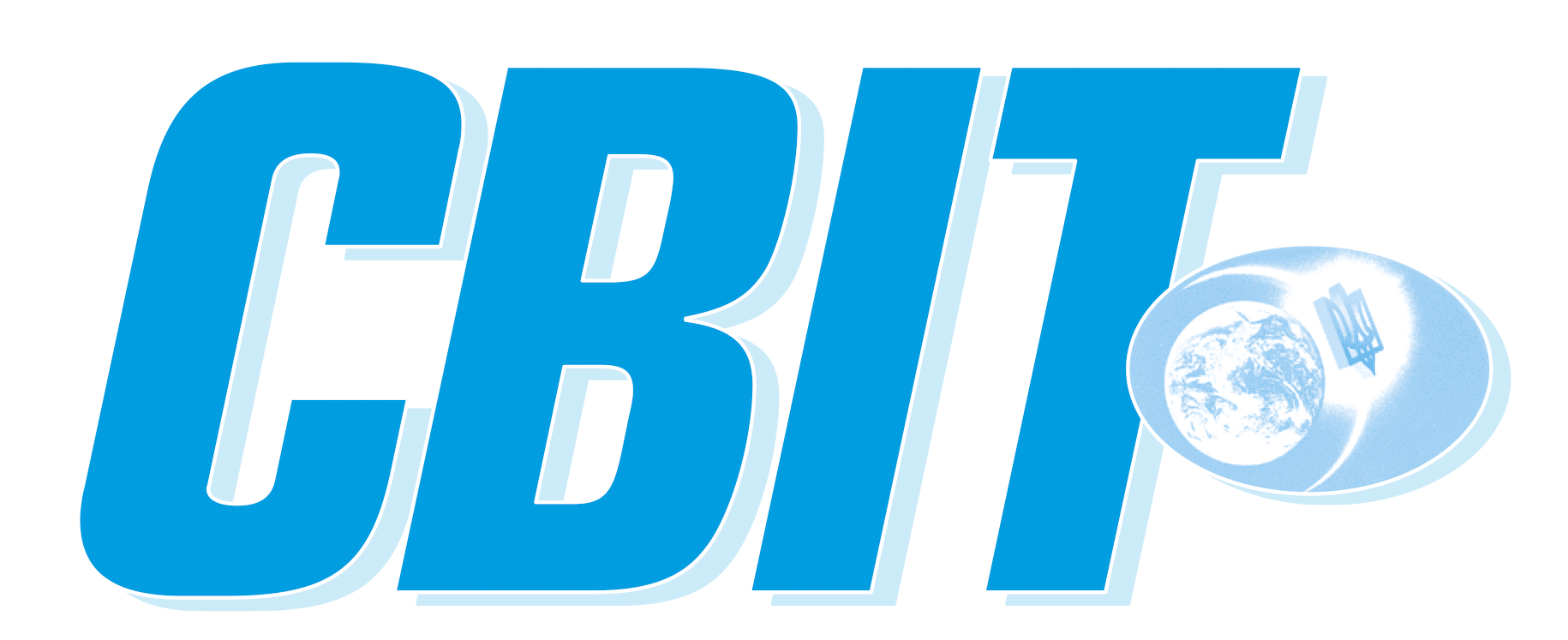How to teach tomorrow’s combatants the latest computer technology
The effectiveness of the latest technologies in the military sphere has become clear after the successful use of Bayraktar combat drones by the Ukrainian Armed Forces in the zone of the Joint Forces Operation (JFO) in late October.
Experts understood long ago these advantages. The successful destruction of the howitzer of the “1st Slavic Brigade of the People’s Militia of the DNR” in October reminded, in particular, of the experience of using the Bayraktars in the Armenian-Azerbaijani conflict.
Ivan Galenko, vice-president of the Network NGO “International Academy of Geoinformatics”, looks at these events not only as a former air defense officer and specialist in automated control system, but also as a systems analyst.
“Nothing should affect the conscience of teachers and parents like a video from Nagorno-Karabakh, in which soulless cyber-metalware kills soldiers in khaki uniform of the other party with blows from the sky. We see that the fighters are trying to escape, running fast. Apparently, they have passed good military and sports training and since childhood have undergone national-patriotic training in summer camps, in accordance with government decrees and strategies of patriotic education. They pulled the rope with inspiration, threw training grenades far away, tore the toe of their boots high in the square when they made a step, and patriotically sang patriotic songs. But today this is not enough – both on the battlefield and in real life”, Ivan Galenko says.
“ENDER GAME”, UKRAINIAN VERSION
Children and teenagers won a space battle with alien beetle invaders in the Ender, sci-fi action game. They controlled the Earth’s space fleet through computer programs. Children easier perceived unusual for adults forms of management and concepts because they mastered new technologies faster.
So far, our state has not grown to realize the need to teach children strategic computer programs. Therefore, the void is filled by enthusiasts.
“I want children and teenagers to turn to advantage the current situation and study it. For example, I want them to see where the Russians have tanks, in which positions the artillery systems are. This can be realized through Cyberdzhura.
This is a high-tech command and staff game with a realistic situation, drawn on real maps, with real forces. We now have the Dzhura, something like a depleted Soviet Zarnitsa. And we propose to create a game Cyberdzhura as the part of Dzhura project or as a separate project.
Preparatory work has already been carried out, we have support from specialists from the Ministry of Education and Science, the Ministry of Youth and Sports, the Ministry of Defense, and the National Security and Defense Council”, Ivan Galenko says.
To begin with, children will model and analyze already known historical situations. After all, students often study using old maps even in defense universities. At the beginning of the next year, Galenko and like-minded people plan to recreate the battle near Kruty in the geographic information system.
COOLER THAN “SEA BREEZE”
The game will be held in the Automated Troop Management System (ATMS) Slavutych. This is a training program used to train officers at the Ivan Chernyakhovsky National Defense University of Ukraine. In February 2021, Colonel Oleksandr Raputa, Head of the University’s training command posts, taught a master class at the Central House of Officers of the Armed Forces of Ukraine on the use of Slavutych ATMS for cyberdzhura teams and representatives of the National Security and Defense Council, the Ministry of Defense, and the Ministry of Youth and Sports of Ukraine. The Command of the Communications and Cyber Security Forces and the Main Directorate for International Cooperation and Verification of the Armed Forces of Ukraine supported the event.
“The Slavutych system reliably provides automation of the main functions of troop (forces) command and control, which is confirmed by its use in the ATO zone in 2014.
For example, the battle map was transferred from Kramatorsk to Mariupol in 15 seconds. If it was delivered by transport, it would take a lot of time, the need to organize security, and so on. In 2016, the system was successfully used in the strategic command and staff training “Rubizh-2016”. Slavutych a is multifunctional system. For example, at the request of helicopter aviators working in the JFO zone, we added the possibility to calculate the optimal flight routes, in particular, at minimum altitudes, taking into account risk zones, etc. “, Colonel Raputa said.
The skills of working with Slavutych system and participating in the Cyberdzhura will be useful not only to those who would like to become a professional combatant.
“Systems similar to Slavutych are used in public administration and business. They are used in order to promote goods, take over market niches, etc. These systems aren’t khaki color. Slavutych is identical to the management systems of amalgamated territorial community (OTG), region, city, ministry. Slavutych is an organization of space in time. Children’s competitions in Slavutych system are cooler than Sea Breeze (multinational military exercises held in Ukraine since 1997 – ed.)”, Ivan Galenko says.

Colonel Oleksandr RAPUTA and Ivan GALENKO
OUR WEAPON IS A SMARTPHONE
Ivan Galenko reached the Cyberdzhura idea doing it the hard way. He graduated from the QVIRTU (Marshal of Aviation Oleksandr Pokryshkin Kyiv Higher Engineering Radio Engineering School of Air Defense – ed.). “I had all excellent marks and surprised a lot of people around me,” Galenko says, “because I didn’t have a father-general or a high-ranking Soviet official. My basic education – automated command and control systems: division, corps, detached air defense army. My second specialty is diagnostics of complex digital systems, I defended the PhD thesis. I completed my doctoral studies in economics as a civilian.
In 2015, at the Ukrainian Defense Assistance Society, I oversaw an order and a memorandum from the Ministry of Education and Science on the implementation of the Dzhura.
I was interested. Then I met Anatoliy Hryva, a colonel who took job at the Ministry.
I proposed to replace education based on the model of a Kalashnikov rifle with education based on cyber technologies, smartphones, tablets, computers. Smartphone is a weapon of modern young people, a mechanism for future money making. That is, it is already a reality – like a cup, spoon, plate. Then I met specialists at the Institute for Educational Content Modernization. And they say to me, not in a hurry: let’s initiate the research development of 70 thousand… Then they continue boringly: we will develop methodologies; in five years we will implement them in schools. I say: yes, it will become obsolete. I look at these executors and understand that they do not know about any technologies, systems. They wanted me to bring them ready-for-use development, and they would use it. I didn’t like it, and I spat on everything. In addition, my family circumstances changed. And I didn’t do that until 2018”, Ivan Galenko says.
An important stage was the acquaintance with the Ukrainian office of the American company Esri in Ukraine.
They are the owners of ArcGIS software. Schools are provided with a free version of this software. The Americans looked at Galenko’s proposals and offered to include Ukraine into their global project of education modernization.
“Then I organized seminars at the Ministry of Education and Science, trying to explain that it is necessary and promising idea. Initially, I spoke about two servers. I have just learned that each one costs over a million hryvnias at current prices. While I was negotiating, people from Esri said: we give you an entire system for all schools in Ukraine.
It was approximately 12 billion hryvnias at the time. Think about it – a grant from a private company to modernize education in Ukraine! But it didn’t work out either.
I think because nothing was given personally to the people who had to agree on it. If I brought a percentage of the amount, then so be it”, Ivan Galenko thinks.
So, we took a different path. Each school, lyceum can independently join the project of education modernization. The procedure is not complicated.
This was used, in particular, by those educational institutions where dzhura-cyborg teams were formed. There are now about 20 of them. ArcGIS was used for the Our Heroes subproject. The next stage is the Pantheon of Our Heroes.
Participants of “Our Heroes” received the task to create essays about prominent Ukrainians in the format of historical maps, a kind of multimedia pictures about them.
By the way, here is a sad fact: almost 20 percent of Ukrainian schoolchildren did not pass an external independent testing (EIT) in history of Ukraine in 2021. Head of the Ukrainian Center for Educational Quality Assessment Valeriy Boyko informed about it. According to Boyko, every fifth entrant does not have cartographic skills, does not know historical chronology. Applicants who completed their secondary education during the time of independent Ukraine cannot remember the important dates and events that led to this independence.
“We want to interest schoolchildren and lyceum students in our history through our subproject. At the same time, we want to teach them to use modern GIS technologies. Three lessons in one: computer science, geography, history. Besides, there is the educational component and the formation of object-spatial thinking. By mastering ArcGIS, it will be easier for them to understand Slavutych and similar systems”, Ivan Galenko says.
(ArcGIS is a set of geographic information software products of the American company Esri.
It is used for creating land cadasters, land management, real estate accounting, utilities, surveying and subsoil use, and in other spheres: for exploration, monitoring, visualization and management of resources and processes – ed.)

GIVE BACK OUR ADMIRAL!
In October, the International Academy of Informatics performed a review of the best projects in the framework of the Cyber Security Month, conducted by the Chamber of Commerce and Industry of Ukraine with the support of the National Security and Defense Council of Ukraine. The stories about historical figures – Sergiy Koroliov, Roman Shukhevych, Eugene Konovalets, and about our contemporaries – Vasiliy Slipak, Ivan Marchuk, Eugene Loskot were among them.
For example, a team of dzhura-cyborgs “Krutyany” of Heroes of Kruty Lviv Lyceum with enhanced military and physical training in cooperation with the General Povilas Plekhavičius Lithuanian Cadet Lyceum from Kaunas carried out a project on studying the life of prominent Ukrainian and honorary citizen of Lithuania Eugene Konovalets.
Among the “zests” is the project of dzhura-cyborgs from Dnipro about the representative of the Ukrainian noble family, Admiral Ivan Hryhorovych. This is a powerful blow to Russian narratives, a successful episode in the information war with Russia. Through this project, schoolchildren return to Ukraine the figure of the hero of the defense of Port Arthur. The admiral wrote about himself: “My father is from the Cossack family, from Sivershchyna”, Hrygorovych never shied away from his roots. The admiral spoke Surzhyk (pidgin Ukrainian) all his life, even in communication with the Russian tsar. He was a combat officer, commander of the battleship “Tsesarevich” during the infamous war of the Russian Empire with Japan. Twice wounded, he was a cavalier of all possible awards and the last Minister of the Navy of the Russian Empire. Knight of the highest combat orders of Germany, Sweden, Japan, France and other countries. Under his leadership, projects were developed for ships that formed the backbone of the Soviet fleet during World War II. After the October coup, common sailors did not allow to execute him and fed the old admiral in the famine years. Hrygorovych was a teacher of the commanders of the Ukrainian People’s Republic fleet: Andriy Pokrovsky and Mykhailo Ostrogradsky.
So, we have these interesting projects. “It is even more interesting ahead,” Ivan Galenko says. “In addition to the staff game, we want to teach cyberdzhuras to use GIS technology for plotting routes for their journeys, choosing places for camps and for other practical purposes. We want computer technology to be familiar and understandable to our boys and girls. Then they will easily master “adult” programs and will be able to successfully overcome both the enemy on the battlefield and competitors in civilian life.”
Oleg LYSTOPAD,
Larysa OSTROLUTSKA
In the photo:
Colonel Oleksandr RAPUTA and Ivan GALENKO;
Cyber matrix of Taras Shevchenko’s life, developed by the cyberdzhura team of Heroes of Kruty Lviv State Lyceum with enhanced military and physical training
